Author(s)
Irina S. Bubnova, Candidate of Sciences (Psychology), Associate Professor at the Department
of Social Psychology and Management Sociology, https://orcid.org/0000-0001-9549-7248, Kuban State University
149 Stavropolskaya St, Krasnodar, Russia, 350058, tel.: +7 (861) 2199502, This email address is being protected from spambots. You need JavaScript enabled to view it.
Viktoriya I. Rerke, Candidate of Sciences (Psychology), Associate Professor of the Social Pedagogy and Psychology Department, https://orcid.org/0000-0002-7722-8287, Pedagogical Institute, Irkutsk State University
6 Nizhnyaya Naberezhnaya St, Irkutsk, Russia, 664011, tel.: +7 (3952) 200739, This email address is being protected from spambots. You need JavaScript enabled to view it.
Abstract.
The paper addresses the identification and description of the structure of professional orientation for future psychologists studying at correspondence and full-time departments for baccalaureate/master’s degree, as well as the determination of the value and motivation components in it. The research aims to examine the value and motivation components in the structure of the professional orientation of future psychologists for different courses, forms and levels of professional education.
Materials and methods. The research employs the method of “Motivation for learning at university” by T.I. Ilyin, the method of “Motivation of professional activity” by K. Zamfir, the method of diagnosing value orientations by S. Schwartz, the method of “Career Anchors” by E. Shein, and methods of mathematical-statistical processing and interpretation of data.
Research results. An empirical study of the professional orientation of future psychologists enrolled on different courses and choosing various forms of education has revealed the specific features of the value and motivation components in the structure of professional orientation, and indicated that the identified hierarchy of motives is a personality characteristic of a student majoring in Psychology.
Conclusion. This empirical research has made it possible to formulate a conclusion about the significance of the value and motivation components in the structure of the professional orientation of the personality of future psychologists, as well as the importance of the educational process organization, in which professional motives dominate in the student’s motivational structure. Prospects for further research are associated with an identification of the relationship between the value-motivation components of the professional orientation of future psychologists and their employment.
Keywords: values, motives, value-and-motivation components, orientation, professional orientation, structure of professional orientation, bachelors, masters of psychology
For citation: Bubnova I. S., Rerke V. I. Value and Motivation Components in the Structure of the Professional Orientation of Future Psychologists. Pedagogicheskiy IMIDZH = Pedagogical IMAGE. 2022; 16(1): 87−101. (In Russ.). DOI: https://doi.org/10.32343/2409-5052-2022-16-1-87-101
UDС: 159.9+378
DOI: https://doi.org/10.32343/2409-5052-2022-16-1-87-101
Download the article (pdf)
Author(s)
Victor M. Zhukov, Senior Lecturer of Weapons Practice Department, https://orcid.org/0000-0003-0790-9893, Omsk Academy of the Ministry of Internal Affairs of Russia
7 Komarov Av. (Prospekt Komarova), Omsk, Russia, 644092, tel.: +7 (3812) 750180, This email address is being protected from spambots. You need JavaScript enabled to view it.
Alexander M. Vorozhtsov, Candidate of Sciences (Sociology), Associate Professor, Deputy Head of the Department of Weapons Practice, https://orcid.org/0000-0002-4316-8386, East Siberian Institute of the Ministry of Internal Affairs of Russia
110 Lermontov St, Irkutsk, Russia, 664074, tel.: +7 (3852) 410989, This email address is being protected from spambots. You need JavaScript enabled to view it.
Abstract.
Abstract. The paper focuses on the issue of cadets’ awareness of personal qualities necessary for the professional activity of policeman. The conducted research has objectively correlated the qualities that the cadets have with those required. The study, which was carried out from December 2019 to February 2020, aimed to consider the organization of the educational process and determine the impact it has on the cadets’ awareness of their status
and the formation of professionally important qualities.
Materials and methods. The primary method employed in the research was an ascertaining experiment involving the cadets of departmental educational organizations of the Ministry of Internal Affairs of Russia. The experiment sought to determine the professionally significant qualities inherent in cadets. The sample consisted
of 390 students.
Research results. The findings have revealed that the majority of first-year cadets are aware of being simultaneously a student and an employee of the Department of Internal Affairs. However, the proportion of such respondents among the four-and five-year students is lower by a third. This is due to the existing system of education and upbringing in departmental educational organizations, which is unable to strengthen this inner awareness.
Conclusion. The results of the study have indicated high practical significance and the need to intensify work in this strand of the research. The practical results of the study are supposed to be used when creating programs for moral and psychological training of non-permanent personnel. Proper development of professionally significant qualities will decrease the level of staff turnover, increase the index of public confidence in the police, ensure satisfaction of
employees from their work, and others. There are plans to continue the study.
Keywords: professional identity; professional readiness; professionally significant qualities; cadets; educational organization
For citation: Zhukov V. M., Vorozhtsov A. M. Study of Students of Educational Organizations of the Ministry of Internal Affairs of Russia for the Presence of Professionally Significant Qualities. Pedagogicheskiy IMIDZH = Pedagogical IMAGE. 2022; 16(1): 61−69. (In Russ.). DOI: https://doi.org/10.32343/2409-5052-2022-16-1-61-69
UDС: 331.44; 159.9; 378
DOI: https://doi.org/10.32343/2409-5052-2022-16-1-61-69
Download the article (pdf)






